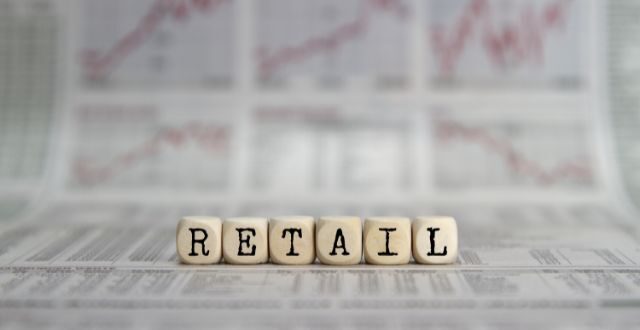Employees are the primary touchpoints for customers to interact with your business, and they act as brand ambassadors. A successful workforce management strategy can maximize employee performance levels and boost organizational competency. For retail outlets, proper workforce management can increase employee engagement and improve performance, which may translate to happier customers. Here are four steps to take your retail workforce management to the next level and improve performance and competency:
1. Collect & Analyze Performance Data
Providing data-driven experiences to retail employees is one of the goals of retail workforce management. Store managers can gather and analyze various data types, including real-time performance data. The goal is to identify and highlight areas employees can improve on to provide quality shopping experiences for customers. Real-time data insights can also help management optimize employee performance and efficiency. Store managers can identify when employees are at peak performance and track time and attendance patterns.
Collecting and analyzing performance and attendance data can help managers predict losses in employee coverage. Store managers can determine the time employees take to answer customer queries and identify ways to improve point-of-sale efficiency. Data collection and analysis also provides insights about days off, absences, working hours, served customers, and work logs. Gathering employee performance and attendance data may help managers predict and maximize capacity, prevent workforce shortages, and improve customer experience.
2. Automate Task Management & Labor Plans
Real-time task management can boost the rate of on-time task completion. Modern store managers can use workforce management software to simplify and streamline the on-site execution of tasks. Labor optimization allows managers to instantly predict the skills and employees required for better customer service. Managers can use this information to prioritize work automatically.
Modern systems offer a complete view, and centralize tasks by capturing work from retail managers, employees, IoT devices, and integrated third-party systems. They provide intuitive interfaces that managers can use to track task completion rates in real-time. Managers can automatically include flexible workloads and leverage labor insights and staffing guidance. They can also integrate external data from workforce management software, point of sale, and other task management systems. Tasks management automation may also improve store compliance with HQ standards.
3. Recognize & Reward High Performers
Store managers can use gamification to create friendly competition and transform the workplace into a place of fun. Introducing point systems, leaderboards, recognitions, and awards can inspire employees to perform more proactively. Managers can introduce the gamification model at all levels, including in-store, inter-store, and national. Real-time performance data can help store managers view changes in how employees work and interact with customers. Employees who win the game can be recognized and rewarded.
Rewarding high performers can incentivize the workforce to pick up their pace. Store managers can also provide hourly feedback and augment annual reviews on employee performance. The goal is to identify developmental areas for better performance. Store managers can use automated workforce management tools to create transparent, equitable, and quantifiable performance metrics. Gamification and rewards may help to increase employee engagement and build trust and loyalty among store employees.
4. Improve Frontline Communication & Coaching
Store managers can use digital communications to improve the experience for frontline workers and increase customer satisfaction. Modern solutions provide everything, from user-friendly mobile apps with built-in chats and newsfeeds to AI-enabled customer recognition and product recommendations. Store assistants can get real-time coaching and help from managers Store managers can also keep tabs on operations and provide workflow insights on the go, thanks to a mobile experience.
Modern schedule-aware communications can transform how managers update employees. Frontline hourly workers can receive announcements, take surveys, and respond to inquiries in real-time. They can also ask questions and benefit from real-time coaching when dealing with in-store problems. Store managers can view engagement levels with full reporting on views, likes, clicks, and comments. They can also send pep talks and encouraging messages, which may help to motivate employees and build a strong culture.
Use Retail Workforce Management Software
Most steps required to take workforce management to the next level involve automation and software applications. Modern store managers can benefit from technology and sophisticated systems that can make retail workforce management efficient. Retail managers can implement robust workforce management systems to help streamline communication, labor planning, demand forecasting, and budgeting. The systems also gather data required to automate scheduling, track time and attendance, and increase operational efficiency. Find the right retail workforce software for your business today.
 khamush.com Lifestyle | Motivation | Poems
khamush.com Lifestyle | Motivation | Poems



